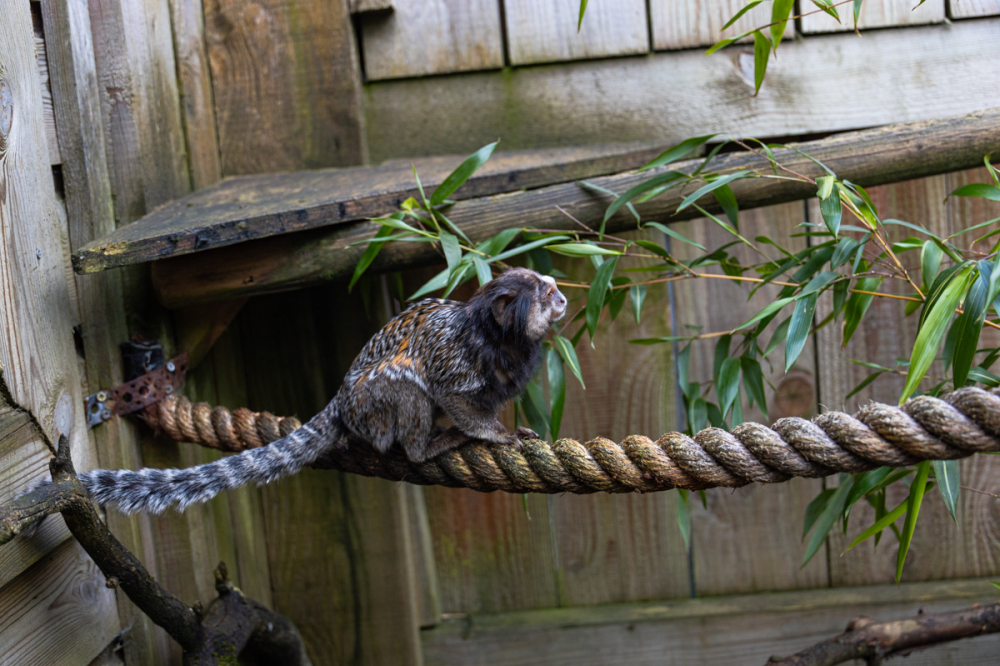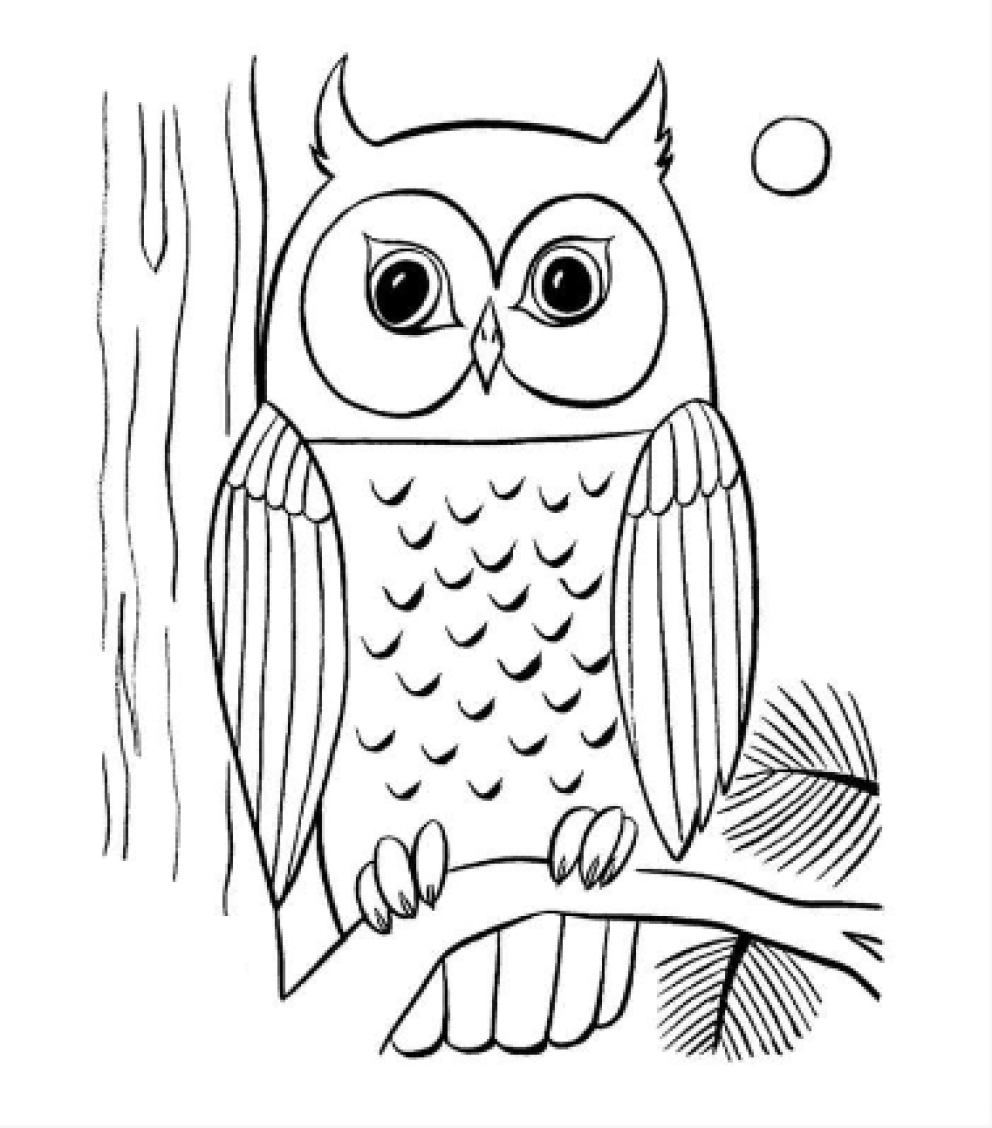Our Animals
We have a huge variety of everyone’s farmyard favorites. Additionally, our Zoo license allows us to house a wide range of non-domestic animals. The welfare of our animals is our top priority, so we do not allow visitors to handle them. Handling the animals can upset and frighten them, and we kindly request our visitors' understanding on this matter.
Meerkat
Scientific name: Suricata suricatta
There are few animals on Earth who work as well together as meerkats. These squirrel-size members of the mongoose family live in groups as large as 40, and everyone in the mob participates in gathering food, keeping a look out for predators, and taking care of the babies.
Arctic Fox
Scientific name: Vulpes lagopus.
An arctic fox's long, fluffy tail acts like a blanket, keeping the fox warm when it wraps the tail around its body to sleep. In the summer the Arctic fox has a brown or grey coat with a lighter belly. It then turns into a thick white one in the winter.
Coatimundi
Scientific name: Nasua narica
While males primarily use scent marking to establish territory among other males during the mating season, females are much more social. They use a whimpering sound to communicate to their young while they are weaning and make a louder barking noise to warn others in the band of nearby danger.
Geoldi's Monkey
Scientific name: Callimico goeldii
Goeldi’s monkeys are small monkeys with thick, soft fur that is dark brown/black in colour. They also have a mane of longer hair around their neck that covers their ears
Ring Tailed Lemur
Scientific name: Lemur catta
-
If you were to check in one morning on a group of ring-tailed lemurs, you'd likely see them sitting on the ground, facing the sun with their arms outspread. Ring-tailed lemurs often spend hours soaking up the warmth of the sun. And they do it in a group, since they're social animals.
Red Necked Wallaby
Scientific name: Macropus rufogriseus
Bennett's wallabies, sometimes called red-necked wallabies, are medium-sized marsupials found along the eastern coast of Australia, and on the island of Tasmania
Cape Porcupine
Scientific name: Hystrix Africaeaustralis
Porcupines are lumbering, rotund rodents with needle-like spikes, called quills, covering their back, sides, and tail. A single porcupine can have more than 30,000 quills, which are actually sharp bristles of fused hair.
Black Tufted Marmoset
Scientific name: Callithrix penicillata
Marmosets have long, furred, non-prehensile tails and most species have tufts of fur on their heads. Most primates have flat nails on their fingers and toes, but marmosets and tamarins have sharp, down-turning claws, except for on their big toes. These claws help them cling to bark as they climb around in trees!
Peafowl
Scientific name: Pavo cristatus
Indian peafowl are a species in a group of birds called pheasants. The males are called peacocks, while the females are called peahens. Together, they are peafowl.
Macaws
Scientific Name: Ara ararauna
The blue-and-yellow macaw, also known as the blue-and-gold macaw, is a large Neotropical parrot with a mostly blue dorsum, light yellow/orange venter, and gradient hues of green on top of its head. It is a member of the large group of neotropical parrots known as macaws.
Racoon
Scientific name: Procyon lotor
Raccoons are active-at-night, or nocturnal, mammals that live throughout much of the world, from North and South America to Asia, in wooded areas and big cities alike.
Donkey
Scientific name: Equus asinus
Donkeys, also called burros and asses, are found throughout the world. They are members of the Equidae family, which also includes horses and zebras. They look a lot like their equine cousins, but have long, floppy ears and tend to be stockier than horses or zebras.
Guinea Pig
Scientific name: Cavia porcellus
Guinea pigs are typically considered gregarious, or social, animals. They often huddle for warmth and protection, and prefer to be in close contact with other individuals.Guinea pigs have no tails.
African Spotted Owl
Scientific name: Bubo africanus
This nocturnal bird of prey lives and breeds in a variety of habitats, including alongside people in their cities and towns.
Common Rhea
Scientific name: Rhea americana
The common rhea stands about 120 cm (4 feet) tall and weighs about 20 kg (50 pounds). The common rhea has brown or gray upper parts and whitish underparts, while Darwin’s rhea is somewhat smaller in size, and its brownish plumage is tipped with white.
Silka Deer
Scientific name: Cervus nippon
Sika deer are native to Eastern Asia and Japan and have also been introduced to other regions of the world, including Europe, North America, Australia, New Zealand, and the Philippines.
Alpaca
Scientific name: Vicugna pacos
Alpacas are social herd animals that live in family groups consisting of a territorial alpha male, females, and their young. They are generally considered gentle, inquisitive, intelligent, and observant.
Llamas
Scientific name: Lama glama
The llama is a mammal that belongs to the camel family. Unlike camels, llamas do not have humps. But like most camels, llamas are domesticated, or tamed to help people. Other close relatives of the llama are the alpaca, the guanaco, and the vicuña.
Pygmy Goat
Scientific name: Capra aegagrus hircus
Pygmy goats are great climbers and love to jump on rocks and logs. Pygmy goats are social animals and live in herds. Male pygmy goats are called billys, females are called nannys and babies are called kids.
Falabella Ponies
Scientific name: Equus ferus caballus
The Falabella is an Argentine breed of small horse. It is among the smallest of horse breeds. The special and unique mystery is that every generation produces a smaller horse. They are not ponies but perfectly proportioned ones minature horses.
Pig
Scientific name: Sus scrofa domesticus
The pig, also called swine or hog, is an omnivorous, domesticated, even-toed, hoofed mammal. Male pigs of any age are called boars; female pigs are called sows.
Rabbit
Scientific name: Oryctolagus
Rabbits are very social creatures that live in groups. They live in a series of tunnels and rooms that they dig underground. A baby rabbit is called a kit, a female is called a doe and a male is called a buck.
Emu
Scientific name: Dromaius novaehollandiae
Emus are flightless birds that are in the same order as ostriches, cassowary, rheas and kiwis. Their large bulky body is covered in grey-brown feathers with tiny wings.





